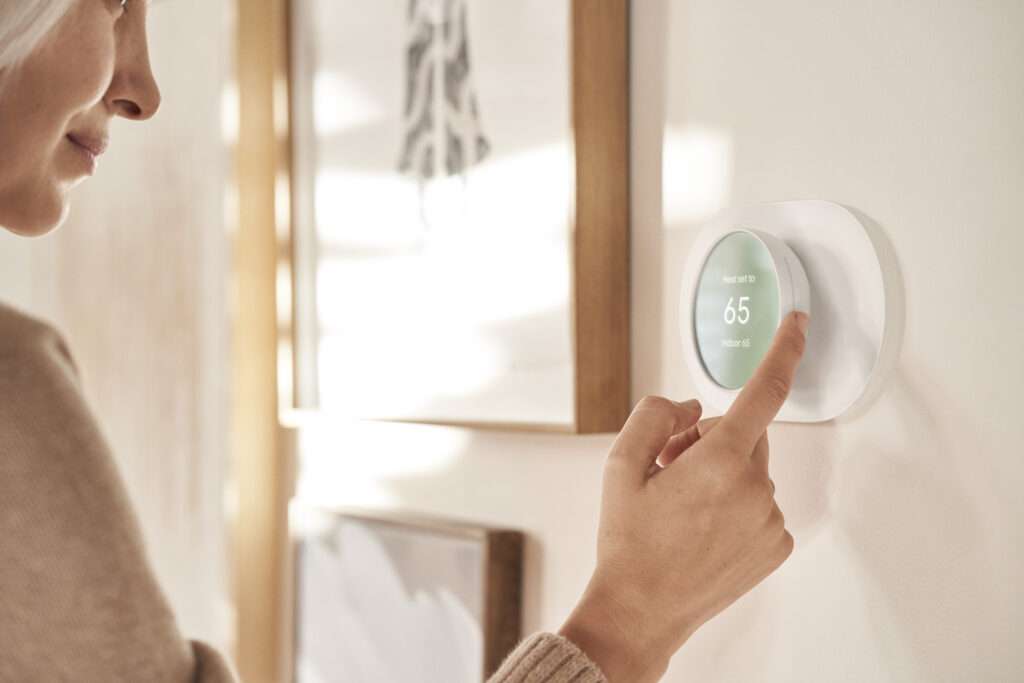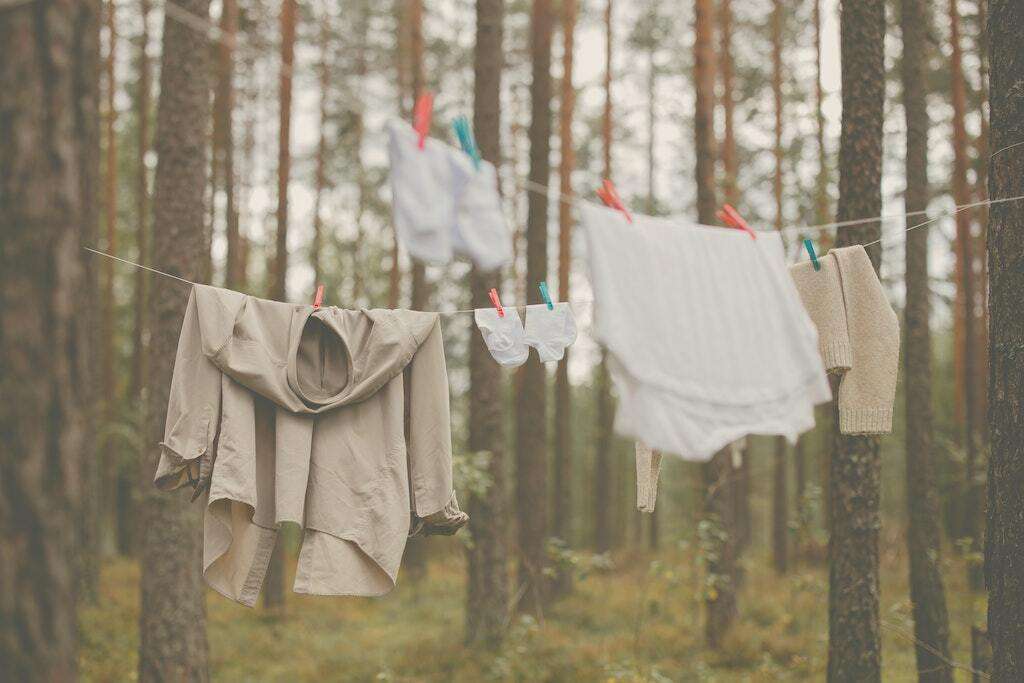While most homeowners plan their home improvement projects to boost the aesthetic value of their properties, you may have different priorities — to make your home as eco-friendly and self-sustaining as possible.
Many sustainability projects tend to involve the home’s envelope, or the system of walls, windows, and insulation that keeps the outside out and the inside in. This means that you may be considering taking the winter season off to avoid compromising your envelope when the weather is poor. However, there are more than a few other sustainable home improvement projects that don’t impact your envelope, which means you can start ticking them off your to-do list during this upcoming cold season. Some of the best wintertime sustainability projects include:
Installing a smart home system
A smart home system gives you unprecedented control over various aspects of your home, and the more control you have over your home, the better you can manage your use of resources like energy and water. You have a choice amongst smart home providers, such as Google or Amazon, but some of the must-have smart home gadgets for sustainability include:
A smart thermostat, to control the temperature of your home from anywhere
A smart sprinkler system, to understand where water is used in your landscaping
Smart outlets, which can be turned off remotely to prevent vampire energy use
Smart light bulbs, which automatically turn on and off to balance illumination and energy consumption

You can lay the groundwork for your smart home system in the winter, setting up your smart home hub and integrating interior tech tools, and then you can continue to add to your smart system during the other seasons.
Insulating
If your home experience drafts, it will seem almost like your hard-earned money is vanishing into thin air. Admittedly, an energy-efficient air conditioner or heater won’t benefit much if it is required to run constantly. This is where insulation comes in. One way you can insulate your house is by investing in new windows and doors. You are spending extra to keep your house comfortable and cozy, which is worth the investment. Various studies indicate that 25 to 30 percent of residential energy usage compensates for heat gain and loss through windows. You may get double-pane windows insulated with argon gas to prevent heat loss if you reside in an area with harsh winters. If yours is a warm environment, windows with thermal coatings will work well.
Installing low-flow plumbing fixtures
You might be using more water than you need to if your home’s plumbing fixtures are not specifically rated as low-flow. Low-flow fixtures use various techniques to reduce the amount of water without negatively impacting functionality; for example, low-flow shower heads might have smaller holes through which they force water, which allows water pressure to remain comfortably high while less water is used. There are also low-flow sink faucets and low-flow toilets. Some low-flow fixtures are easier to install than others, but because all should be located inside the home, this project might make for an excellent first foray into plumbing during the winter months.
Installing ceiling fans
The humble ceiling fan deserves more credit than it typically receives. During the warm seasons, ceiling fans help create slight breezes that use the body’s natural cooling system to make spaces more comfortable without touching the thermostat; during cold seasons, ceiling fans can redistribute warm air away from the ceiling, ensuring that a room stays properly heated without extra work from the furnace. You can replace an existing light fixture in the ceiling with a ceiling fan relatively easily, and low-profile ceiling fans fit comfortably even in low-ceilinged spaces like lofts, attics, and basements. You might use your winter seclusion to add ceiling fans to every living space in your home to boost energy efficiency year-round.
Installing a clothesline
The dryer is one of, if not the most, energy-hungry appliances in the home. It takes an enormous amount of energy for it to heat up. Because laundry tends to involve multiple loads, you could enjoy energy savings by opting to hang dry your clothes instead of running the dryer for hours on end.

There are many different methods of hanging clothes to dry, from drying racks that fold up into the wall to retractable clothes lines; if you are setting up your drying system inside, you should try to place it in a warm, dry place, like above a radiator or in front of a window.
Installing LED fixtures and dimmer switches
Halogen and incandescent bulbs are woefully inefficient, transforming the vast majority of the energy they use into heat, not light. While you might not mind the extra warmth in the winter, your energy bill certainly suffers under the strain of outdated light bulbs. It will only take about a day of your winter staycation to swap out all your old bulbs for energy-efficient LEDs. A slightly more challenging task might be installing dimmer switches, which give you more control over the level of illumination in each room. Dimmer bulbs also draw less energy, which is an added bonus.
Your sustainability journey doesn’t have to pause because the outside temperatures drop. Several home projects that don’t involve you’re the envelope or exterior can radically improve the energy efficiency and water conservation of your home. You can upgrade your home into a sustainability dreamhouse after just one winter locked inside.
Collect rainwater
This will allow you to collect and store rainwater from your roof for future use. This water can be used for non-potable purposes such as watering plants. This technique can save water and water resources and save your water expenses.
Upgrade flooring
In addition to their clear environmental benefits, reclaimed timber planks are pre-seasoned, meaning they won’t warp. Scaffold boards have a distinctive patina that complements both feature walls and flooring. They are sturdy and rather simple to find. Another sustainable substance that is useful underfoot is cork. Like carpet, it is soft and springy, has good thermal acoustic qualities, and has the advantage of being wipeable and waterproof. The key is knowing which option works for you, so keep this in mind. As a tip, factor in your family, foot traffic, pets, and so on.
Related on Ethos:


